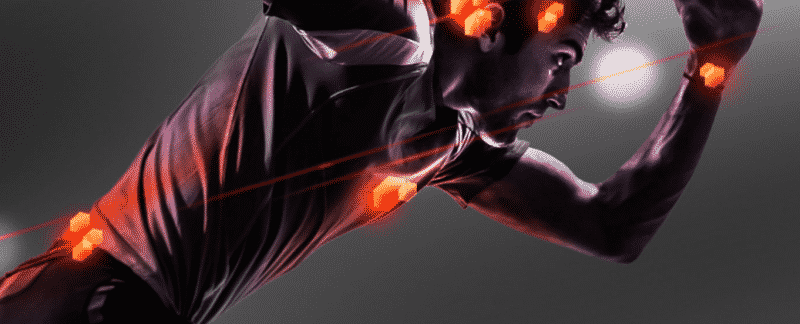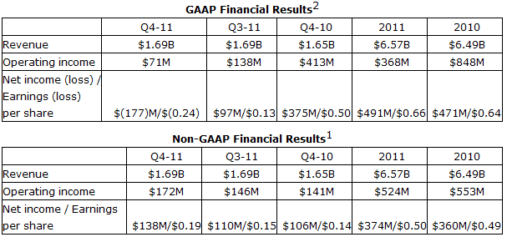Pebble Smartwatch has recently broken records on Kickstarter. The crowdfunding campaign for the smartwatch gathered close to 67,000 backers pledging a total of $17 million with more than 18 days to go. The initial goal has been $500,000, so they have exceeded the goal more than 33 times with close to three weeks to spare.
If anything, that is an indicator of how popular smartwatches are, and is a great reflection of the popularity of smart wearables. CCS Insight estimates that the market for smart wearables reached 9.7 million in 2013, but that is expected to grow 14 times by 2018 to 135 million shipments. And out of that, more than 87% of devices will be worn on the wrists. The research firm also forecasts that around 68 million smartwatches will be shipped by 2018, and another 50 million will be smartbands with no display or minimal one-liners. All in all, this totals 118 million units of wrist-worn smart wearables.
And this data was estimated even before Apple announced and launched its own smartwatch, which is expected to drum up an even bigger frenzy for wearables. Beyond consumer usage, however, business use is likely to be a big push. If you think Fitbit, Jawbone and Microsoft Band are only being bought and used by individuals, think again. There has been recent activity among these smartband companies to lure in the enterprise market. Smart device makers are offering bulk discounts to companies who want to purchase smartbands for their employees. And why not? These businesses have come to realize that they are bound to save more with a fitness band than having to pay more for health insurance and medical expenses.
In fact, Oracle’s Human Capital Management (HCM) software has a feature called My Fitness, which allows participating employees to hook up their fitness bands so that the company’s system could track their wellness efforts. More than that, Oracle HCM is helping companies make a game out of fitness and wellness activities for their employees. It allows team members to interact and engage with each other in a gamified environment, perhaps giving out badges for every successful fitness goal achieved by the employee or pitting each employee against one another. Such enterprise gamification makes redundant tasks and activities more enjoyable by adding a competitive dimension, thus incentivizing productivity.
And mind you it’s not just for fitness. Take for instance the Hitachi Business Microscope, which functions as an employee ID, but it has embedded sensors that monitor who you talk to at work and how active you are. It can give managers information, such as who speaks up at meetings and who spends more time at the water cooler than their desks. It may be intrusive, but if it can help in improving productivity, then enterprises will be willing to try anything in order to measure employee output, enhance relationships and improve the bottomline.
Embedded sensors: powering smart wearables
With most smart wearables, you need to buy additional equipment to get the features and functionality you want. For instance, you need to buy a smart band to track your fitness, and then you have a smartwatch that connects to your smartphone. At worst, you would need to wear at least two different devices in order to monitor everything you want tracked. Also, smart devices can be ugly, or it may not be your style. Imagine having to wear a casual or rugged smartwatch to the office. Sure, the new Apple Watch Edition looks classy, but it does come at a premium price!
Another class of devices incorporate embedded sensors in everyday items. LifeBeam has its Smart Helmet, for instance. Cyclists would be able to wear this important piece of safety equipment and still be able to track their performance, without the need to wear extra equipment. In short, you only wear what is essential for your safety: the helmet. And you still get all the data you need to track, including heart rate, calories burned and cadence, among other vitals. And guess what, you can also use embedded sensors on clothes.
The very same technology actually powers the Samsung Simband, which is the Korean firm’s reference design for wearables. While such a product is not yet out in the market, it is designed to go beyond Samsung’s current Gear series in terms of the ability to track all-important vitals. Through embedded sensors, the Simband technology empowers users with “the ability to collect, integrate, display and communicate accurate biometrics in real-time,” says Omri Yoffe, LifeBeam CEO, who says the potential applications range from sports, health and medicine, and in the case of enterprises, the workplace.
Benefits of embedded sensors
Compared with standalone devices like smartwatches, smartphones and fitness bands, there is a world of benefits that you can gain from embedded sensors. For one, you do not get to forget a device that is essential to your workout. For example, you can probably bike without your watch, but it is against the law in some places to do so without your helmet. And you would be a lot safer wearing your helmet than your watch. You have one less thing to remember and worry about.
Embedded sensor can keep track of the important health data that you are tracking now. When you have this technology in clothing, hats, visors and clothing, you get to collect a better data set, because there is no need to wear a watch or strap. And more data means that you could do more and get more insights. Indeed, you would get a more accurate view of your fitness and wellness efforts, not just during your workout, but even throughout the day. You would know how many steps you have taken from work to the corner coffee shop, for instance, without having to wear a smartwatch. Your clothes will be the devices tracking you.
Privacy implications aside, with the Internet-of-Things, we can soon expect everything to be connected, from the clothes we wear to the objects in our homes and offices. The good thing is that these will make it more convenient to collect data for purposes of improving our health and the way we work.





https://www.facebook.com/1577493122472369/photos/pb.1577493122472369.-2207520000.1427921523./1607548022800212/?type=1&theater
Hmm